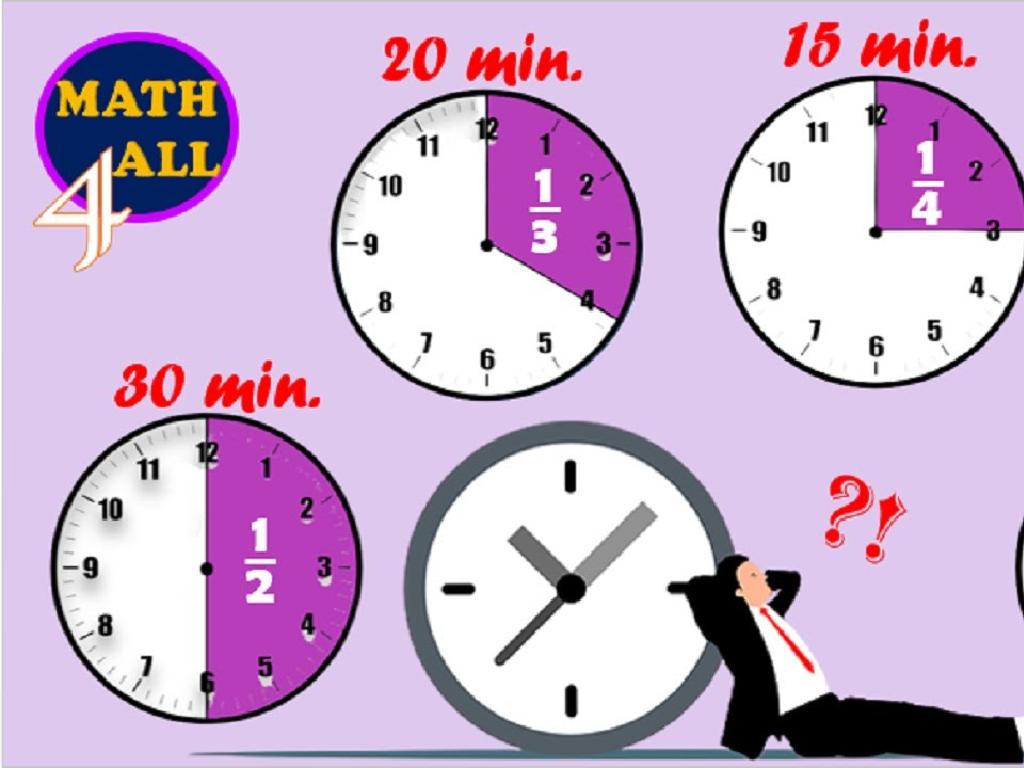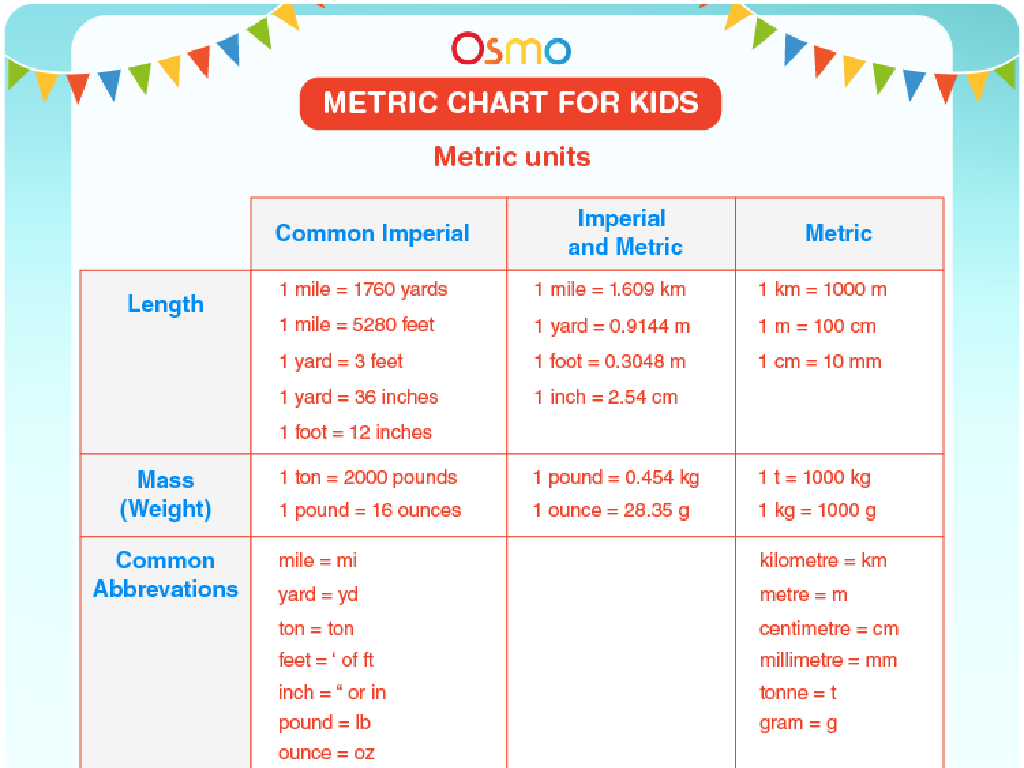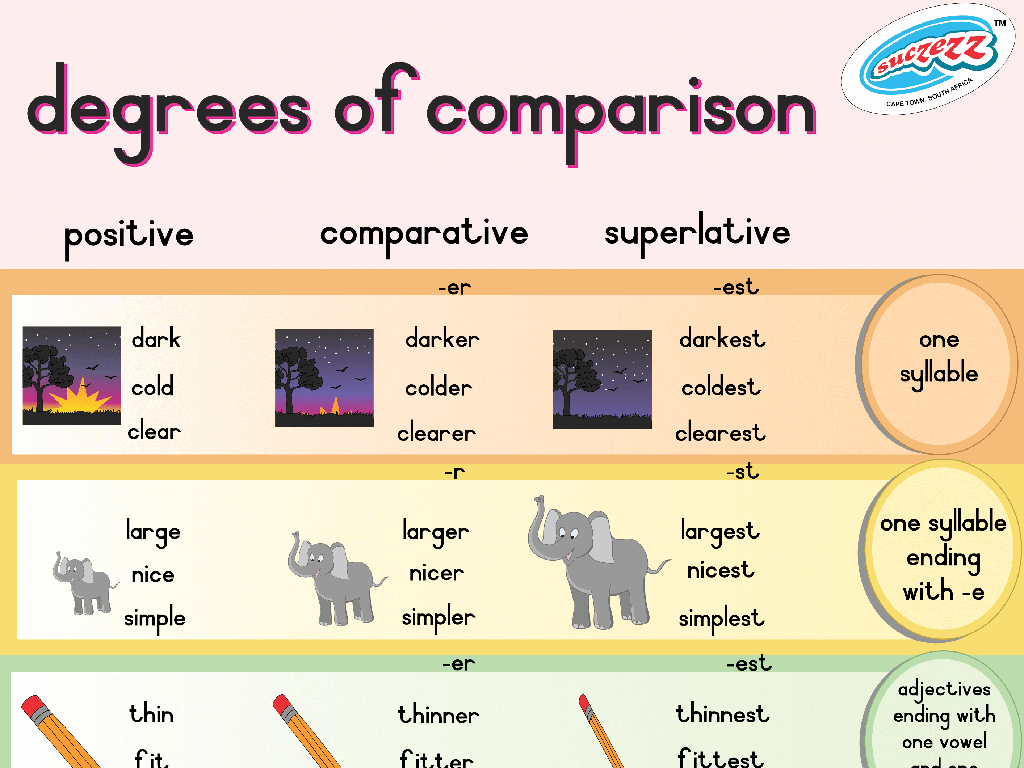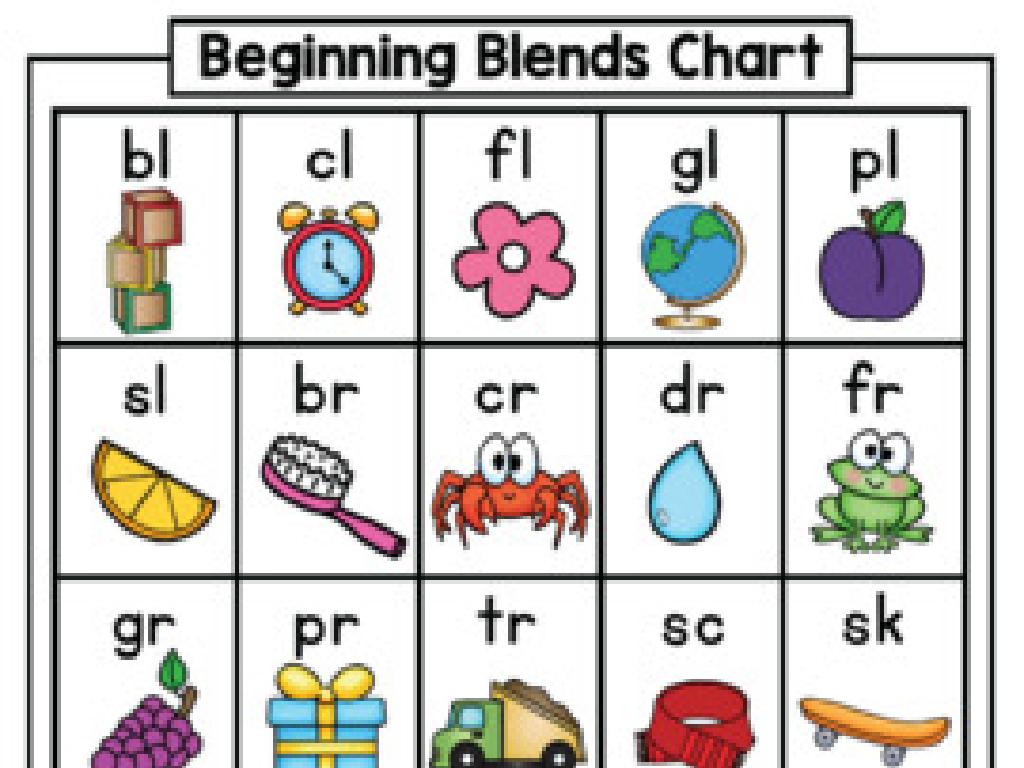Evaluate A Nonlinear Function
Subject: Math
Grade: Eighth grade
Topic: Nonlinear Functions
Please LOG IN to download the presentation. Access is available to registered users only.
View More Content
Exploring Nonlinear Functions
– Define nonlinear functions
– A function with a curved graph, not a straight line
– Contrast with linear functions
– Linear functions have a constant rate of change, unlike nonlinear
– Real-world nonlinear examples
– Examples: growth of plants, amusement park rides
– Graphing nonlinear functions
– Use coordinates to plot points and see the curve
|
Begin by defining nonlinear functions, emphasizing that their graphs are not straight lines but curves. Highlight the key differences between linear and nonlinear functions, particularly focusing on the rate of change. Provide relatable real-life examples where nonlinear functions are applicable, such as the growth of plants or the motion of roller coasters, to help students connect the concept to the world around them. Finally, introduce the basics of graphing nonlinear functions, showing how plotting points leads to a curved line rather than a straight one. Encourage students to think of other examples of nonlinear changes they have observed in their daily lives.
Understanding Nonlinear Functions
– Define nonlinear function
– A function that does not form a straight line when graphed.
– Characteristics of nonlinear functions
– They can represent exponential, quadratic, or other polynomial forms.
– Significance of nonlinear functions
– Nonlinear functions model complex phenomena like gravity, population growth.
– Examples of nonlinear functions
– E.g., y = x^2 shows a parabolic curve, not a straight line.
|
This slide introduces the concept of nonlinear functions, which are fundamental in mathematics and represent relationships that cannot be graphed as straight lines. Emphasize that these functions are essential for modeling real-world situations that do not follow a constant rate of change. Provide examples such as the area of a circle (Àr^2) and the growth of bacteria to illustrate the concept. Encourage students to think of other examples where change does not occur uniformly. This will help them understand the versatility and applicability of nonlinear functions in various fields such as physics, economics, and biology.
Types of Nonlinear Functions
– Quadratic Functions: y = ax^2 + bx + c
– Parabolas opening up or down based on ‘a’ value
– Exponential Functions: y = a^x
– Rapid increase or decrease, not symmetrical
– Absolute Value Functions: y = |x|
– V-shaped graph, symmetry about the y-axis
– Unique Shapes and Differences
– Each function has a distinct graph, reflecting different relationships
|
This slide introduces students to the basic forms of nonlinear functions, emphasizing their unique graphical representations. Quadratic functions form parabolas, which can open upwards or downwards depending on the coefficient of the x^2 term. Exponential functions show growth or decay and are not symmetrical. Absolute value functions create a V-shape, with a clear line of symmetry along the y-axis. Understanding these differences is crucial for students to visualize and solve nonlinear equations. Encourage students to sketch each function type and note the differences in shape and symmetry. This will aid in their comprehension of how each function behaves and how it can be applied in real-world scenarios.
Evaluating Nonlinear Functions
– Understanding function evaluation
– To evaluate a function means to find its value at a particular x.
– Steps for evaluating nonlinear functions
– Identify the function, substitute the value of x, and simplify.
– Example: f(x) = x^2 + 3 for x = 4
– Substitute 4 for x: f(4) = 4^2 + 3 = 19.
– Practice with different values
|
When we talk about evaluating a function, we’re looking for the output when we input a specific value of x. For nonlinear functions, this process involves substituting the given x value into the function and simplifying. Take the function f(x) = x^2 + 3 as an example. To evaluate this function at x = 4, we replace x with 4 and calculate the result. The students should practice this process with various functions and x values to become comfortable with evaluation. Encourage them to check their work by plugging the values back into the original function.
Evaluating Nonlinear Functions: Practice
– Evaluate g(x) = x^3 – 2x for x = 3
– Substitute x with 3: g(3) = 3^3 – 2*3 = 27 – 6 = 21
– Evaluate h(x) = x + 5 for x = 16
– Substitute x with 16: h(16) = 16 + 5 = 4 + 5 = 9
|
This slide provides practice problems for evaluating nonlinear functions, which is a key concept in algebra. The first function, g(x), is a cubic function, and students will practice substituting the value of x and simplifying the expression. The second function, h(x), involves a square root, which will help students understand how to deal with roots in nonlinear functions. Encourage students to work through these problems step by step, ensuring they understand the process of substitution and simplification. After solving, discuss the different types of nonlinear functions represented here: polynomial and radical functions. This will solidify their understanding of how to approach and solve various nonlinear equations.
Group Activity: Exploring Nonlinear Functions
– Break into small groups
– Evaluate assigned nonlinear function
– Each group gets a unique function with specific points to calculate
– Record your findings
– Use tables or graphs to organize the evaluated points
– Present to the class
– Share your process and results with everyone
|
This group activity is designed to help students understand and evaluate nonlinear functions through hands-on practice. Divide the class into small groups and assign each a different nonlinear function, such as a quadratic or cubic function, along with specific points to evaluate. Provide guidance on how to substitute values into the function and calculate the output. Encourage students to use tables, graphs, or technology to assist in their evaluation. After completing the task, each group will present their findings, explaining the steps they took and their understanding of how the function behaves. This will foster collaborative learning and enhance their presentation skills. Possible functions for the activity could include f(x) = x^2, g(x) = x^3 – 4x, h(x) = 2^x, etc., with points like x = -2, x = 0, x = 3.
Class Activity: Crafting Nonlinear Functions
– Create your own nonlinear function
– Graph your function on paper
– Use a coordinate plane to plot points
– Swap functions with a peer
– Make sure to exchange with someone else
– Evaluate your classmate’s function
– Apply the function to different values
|
This activity is designed to reinforce students’ understanding of nonlinear functions by having them actively engage in the creation and evaluation process. Students will start by creating their own nonlinear function, which could be quadratic, exponential, or absolute value. They will then draw the graph of this function, which will help them visualize the concept of nonlinearity. Afterward, students will exchange their functions with a classmate and work on evaluating the new function they receive. This peer exchange promotes collaborative learning and helps students see a variety of nonlinear functions. For the teacher: Prepare a mini-lesson on how to graph nonlinear functions, provide graph paper, and guide students on how to evaluate functions. Have a few example functions ready for students who might struggle with creating their own. Encourage students to discuss their findings and the differences between their function and their classmate’s.
Wrapping Up: Nonlinear Functions
– Recap of nonlinear functions
– Why master nonlinear functions?
Understanding them is crucial for advanced math topics.
– Homework: Real-world nonlinear example
Find an example like gravity’s effect on a falling object.
– Explain the example’s significance
How does this nonlinear function affect real life?
|
As we conclude today’s lesson on nonlinear functions, it’s important to review the key concepts and equations we’ve covered. Emphasize the importance of mastering nonlinear functions as they are fundamental to understanding complex mathematical and real-world phenomena. For homework, students should find a real-world example of a nonlinear function, such as the rate of cooling of coffee or population growth, and explain its impact or significance. This will help them recognize the practical applications of what they’ve learned. Encourage creativity and critical thinking in their examples and explanations. In the next class, we can discuss their findings and reinforce their understanding through these real-world connections.






